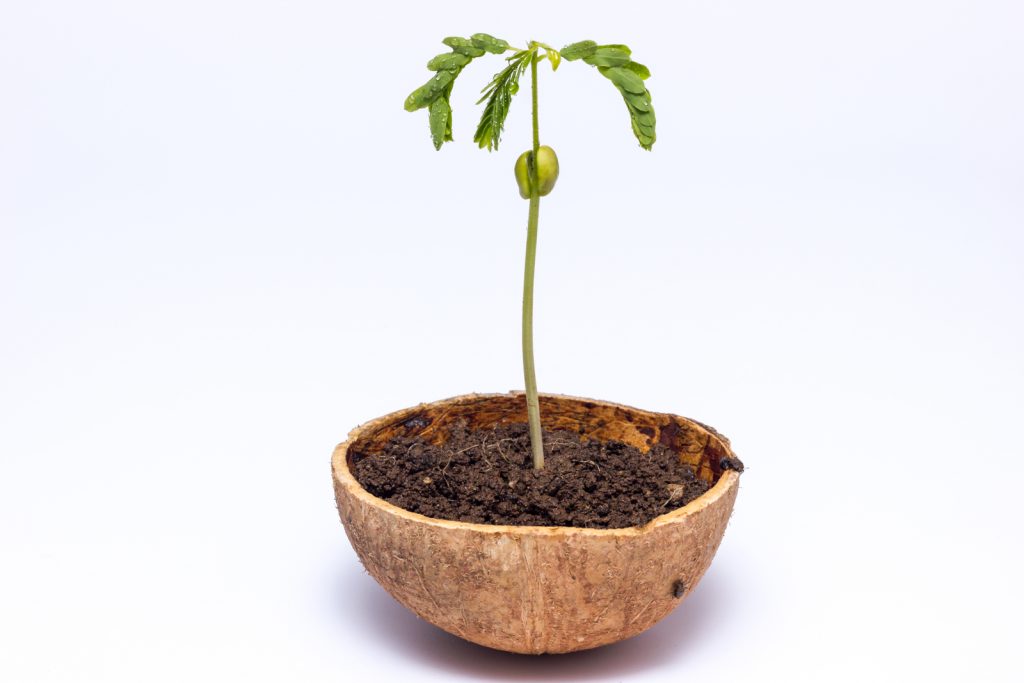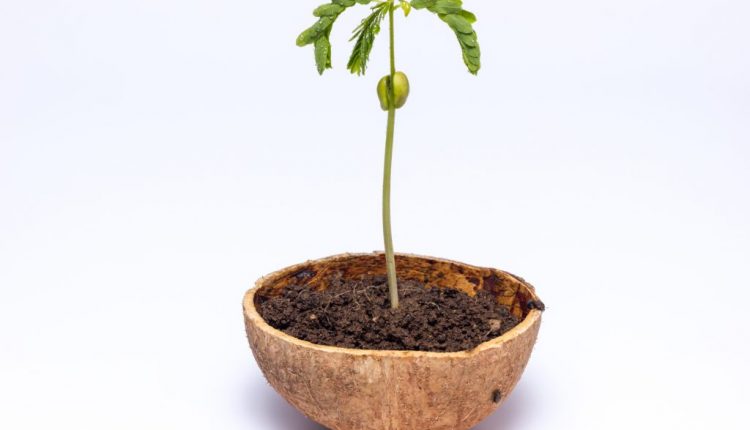Professional Tree Relocation Services Will Help You Avoid Transplant Shock
Professional Tree Relocation Services Will Help You Avoid Transplant Shock
There are many ways you can participate in making the world an environmentally healthy place. One of them is to deliberately ensure that your surrounding areas have a good tree cover. This could be in your yard at home, your neighborhood, and even your office area. Supposing that you are moving homes and there’s this particular tree you can’t just part with. What do you do? If the regulations allow for it, you can relocate your tree.
Well, tree relocation is not a cup of tea. There are many factors that need to be taken into account. One of them is transplant shock. This post will consider this phenomenon and how best to avoid it.
When Transplant Shock Occurs

The first thing to be aware of is the circumstances that occasion a transplant shock. It can happen to seedlings as well as to mature trees or shrubs. So, utmost care and caution needs to be taken to avoid the shock.
When does transplant shock occur?
Transplant shock may occur when:
transplanting seedlings,
moving a plant around the garden, or even displacing a plant grown in a container or pot!
planting a tree or shrub from a garden center,
to a certain degree, even when simply repotting or topdressing a plant.It also applies to newly purchased houseplants. These leave the optimized environment of a nursery for a completely different setting: your own house! Read more at Nature and Garden
Clearly, it seems that any change in location for a plant can affect it negatively. But there are ways to manage the level of stress your seedling or tree may experience.
What factors contribute to transplant shock?

Think of transplant shock as a necessary process in the life of a plant. With proper management, the negative impact can be greatly reduced. Here are some insights on these contributing factors:
There are several factors that influence the transplant shock in plants, some of the most common are:
Poor or injured root system – Transplanted plants do not get well established as they have poor or injured roots. Such plants are very weak and more sensitive to other stress factors
Improper planting – Planting depth also plays a major role here. Deep planting causes suffocation of roots, while shallow planting causes more root stress
If you put the plant in a container, due to lack of sufficient space roots may be unable to spread
Proper watering after transplanting is very important
Considering the plant’s growth habit, climatic requirements, and soil also plays a major role
Exposure of the roots to the air allows the tiny invisible rootlets to dry and die off
The plant that has been transplanted from its original place loses half or more of its root and production system
Companion plants of the new environment also influence the transplanted plants to some extent
Soil type – Even in the same garden soil type differs from one corner to another. One side of the corner may have clay soil while another may have humus-rich, well-drained soil. Read more at Trustbasket
Mitigating these factors may lower the extent of stress on your tree and help it thrive or get established in the new location.
Signs or Symptoms of Transplant Shock

In some cases, severe shock may lead to actual negative effects on the transplanted plant. How do you know yours is affected? Look out for these signs:
Leaf scorch is a common symptom of transplant shock. Leaf scorch first appears as a yellowing or bronzing of tissue between the veins or along the margins of leaves of deciduous plants (those that lose their leaves in winter). Later, the discolored tissue dries out and turns brown. Other symptoms of transplant shock appear as wilting leaves (especially on recent transplants), yellowing, and leaf rolling or curling. On needled evergreens, the first symptom of water stress is an overall grey-green coloration to the foliage; with further water stress, the ends of the needles often turn a light tan color. If stress is not alleviated, leaf death occurs and may be followed by twig and limb dieback.
Overall plant growth is greatly reduced, which is reflected in the length of the new growth. Poorly growing plants have extremely shortened internodes, resulting in shortened branch tips relative to those of an unstressed plant. New leaves or needles of a stressed plant are smaller than normal. It is not unusual for transplants to have very reduced growth the first year after planting; however, symptoms may be evident for two or more years. Read more at Purdue
You will do well to check out your tree and call in the professionals for proper guidance on how to handle the situation.
The good news is, if you’re in Pembroke Pines, expert help in tree care is just a call away. EPS Landscaping & Tree Service is the ultimate company to call and entrust with your tree care needs. We have the passion, skills, and resources necessary to do an amazing job in your yard. Call us today for top-notch tree relocation services.
Published Wed, 06 Jul 2022 07:39:08 -0500


Comments are closed.